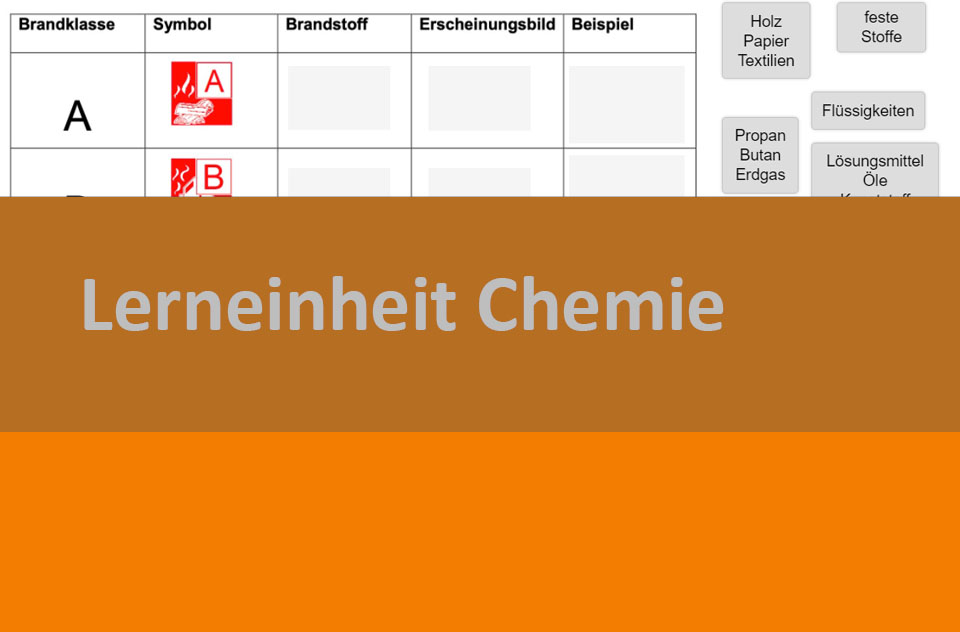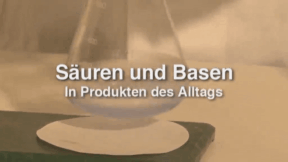
55502604
Feuer und Flamme
In 10 interaktiven Aufgaben und interaktiven Videos wird Wissen rund um das Thema Feuer vermittelt und anschließend abgefragt.
Das Medium bietet H5P-Aufgaben an, die ohne zusätzliche Software verwendbar sind.
Durch interaktive Aufgabentypen wird das audiovisuelle und interaktive Lernen einfach.
Lernen macht jetzt Spaß!
Included Tasks
- I Wie entstehen Flammen? - interaktives Video
- II Feuerdreieck - interaktive Aufgabe
- III Entzündungstemperaturen - interaktive Aufgabe
- IV Was ist was? interaktive Aufgabe
- V Temperaturzonen - interaktive Aufgabe
- VI Brandklassen - interaktive Aufgabe
- VII Gefahrenzeichen - interaktive Bildkarten
- VIII Die Menschen und das Feuer - Lückentext
- IX Gefahrensymbole - interaktive Aufgabe
- X Feuer und Flamme-Quiz - interaktive Aufgabe
Curriculum-centred and oriented towards educational standards
Matching
Acids and Bases
We can find acids and bases in every supermarket, some of them in our food, others in cleaning agents. In everyday products, acids and bases as well as acidic and alkaline reacting salts have extremely different functions. In food, acids are either present or added as flavouring agents such as citric acid, tartaric acid and acetic acid, as antioxidants such as ascorbic acid or generally as acidifiers, sequestrants (citric acid and tartaric acid) and preservatives (acetic acid).
Redoxreaktionen
In unserem Arbeitsheft Chemie 7, Vol. 1 – Redoxreaktionen finden Sie 50 interaktive und didaktisch aufbereitete Aufgaben.








